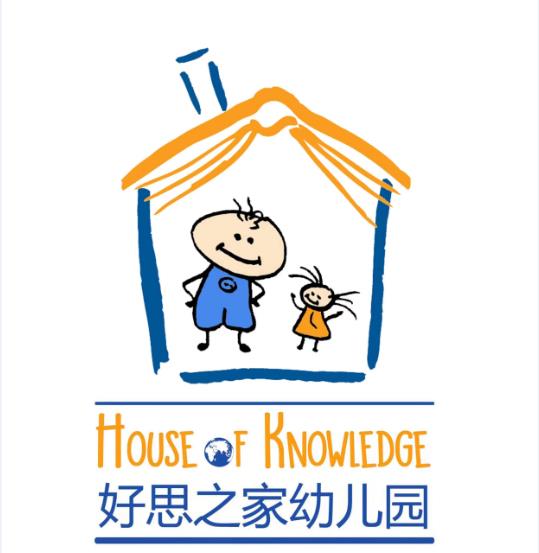Is it estimated that between 60-70% of the population of the world speaks two or more languages.
In a world that is shrinking due to globalization, being multilingual is not only essential but also studies have shown multilingualism to be beneficial to social, cognitive and health aspects of one’s life. Moreover, recent research at Concordia University in California, have shown that people who are multilingual have reduced essentialist beliefs and an improved acceptance of human social and physical diversity.
Chances are if you are reading this you already have already had a multilingual child, want to raise one or have a vested interest in this subject. It is essential to remember that the success in acquiring a language depends on two key factors, EXPOSURE and NEED. The tips below are based on these fundamental factors.
Start as early as possible:
Children under the age of 7 have the capacity to learn languages without feeling like they are learning, so to speak. Neurologically, the brain is primed for language acquisition the first seven years of life with the mind setting up neural pathway foundations. Research has shown that from pregnancy, babies are already acquiring language basics. It is never too late to start! In fact, the sooner you start your child on the path to multilingualism, and the easier it will be for your child.
Set a goal:
What do you want your child to achieve with regards to being multilingualism?
Do you want just oral skills, general conversational level or native written level? Depending on your life circumstances, i.e., two languages already in the household or moving to a new country, will contribute these goals. You should think long term and set clear goals for your child’s language acquisition expectations and make sure your efforts will match the desired outcomes.
One Person One Language (OPOL):
OPOL is a modern language style framework. It is used at HoK and is usually successful first and foremost because it is about consistency, as each person only speaks his or her native language to the child. Using OPOL allows for precise language differentiation and it reduces the tendency for children to mix their words.
Make it Fun, Fun, Fun:
Children learn best through play, so make language learning for your child light-hearted and fun by incorporating songs, games, and activities into their everyday routine like we do at HoK. This method of learning is the most efficient and enjoyable way to give your child a non-intimidating opportunity to learn and nurture language development and fluency.
Just Keep Reading:
You can start reading to your baby from pregnancy! It is fundamental for a child’s language and literacy development to give them a stable daily routine that includes reading. Reading aloud every day to your child has a positive impact on their speech and literacy development, as well as her future interest in books. When your child is at the age to start reading independently, encourage your child by making time for her each day to read aloud to you or a native speaker (family member, caregiver, teacher, tutor, etc.) depending on the language of the book.
Write The Right Way:
Language acquisition is not only oral, depending on the level of fluency you want for your child to acquire; reading and writing in their chosen languages is also required to be truly multilingual. You can start at home by giving small amounts of homework from 3 years old using suitable and age-appropriate activity books each day to start to form and reinforce positive habits.
Talk, Talk, Talk:
It’s all about first-hand exposure to the language and every child’s natural human need to communicate. Using media and ‘edutainment’ materials like TV, DVDs, apps and games, etc. are not as effective as human interaction; these tools should only be used to reinforce the languages. Children need language situations where they can interact with another person they are interested in, so they can absorb the sounds and extend their vocabulary.
Play, Play & Play:
Allow your child to play and socialize with the ultimate language teachers: other children! By allowing your child into social situations where their peers regularly expose her to the language is a huge motivator and also opens the value of the language to the child.
It’s a Family Affair:
Family members need to come to an amicable agreement to commit to the effort to raise a multilingual child. Don’t forget the influence of other family members and caregivers in language acquisition of your child. Make all family members and caregivers aware of the one-person-one-language method. Also, make family members and caregivers mindful of the fact that when the child makes an effort to communicate in other languages they should always show the child how proud and enthusiastic their family is.
Multilingual Education:
Researchers claim that a child needs to be exposed to a language 30% of their waking time and regularly exposed to those languages to speak and retain them effectively. By the time your child reaches school age, the best option is to look for a kindergarten and school that supports the languages your child is learning and will immerse your child in those languages throughout the school day. At HoK in the Early Years program, language learning is facilitated through our immersion project program. (link to page on IPP)
Patience Is A Virtue:
Raising a multilingual child is an incremental process that takes a long time. Do not expect your child to learn other languages overnight and try not to make the experience too stressful for your child, as language acquisition takes small steps, day after day over an extended period. Furthermore, do not compare your child to others’ children, as every child develops at a different pace and each experience is unique. If you give your child adequate exposure, gradual progress is guaranteed.
